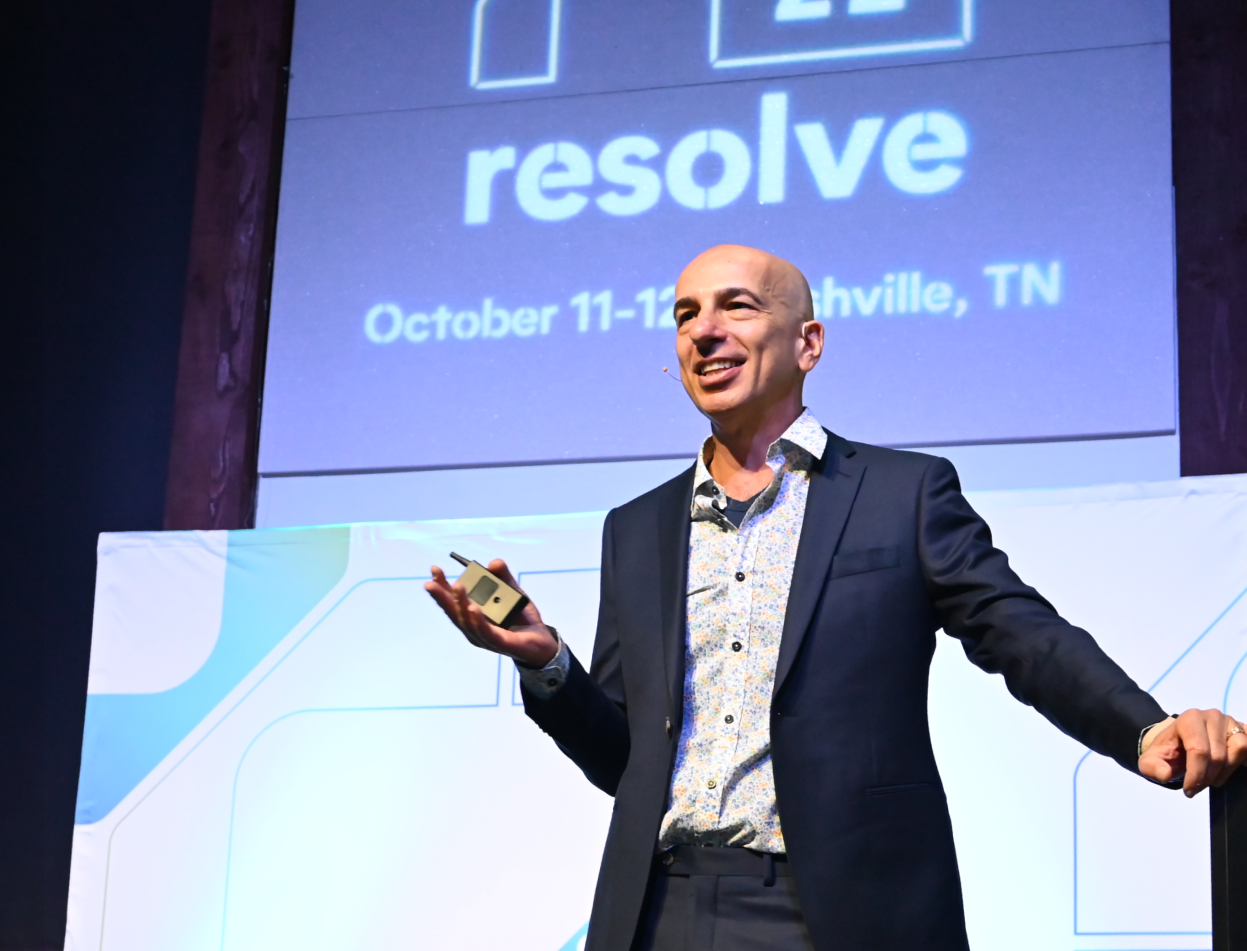The rapid progression of conversational AI has placed increased pressure on contact center leaders to leverage automation to boost CX and deliver cost savings.
But in order to form a rapid and sustainable strategy, it’s crucial that leaders start with a clear understanding of the call types that AI has the ability to impact the most.
Often, that begins with a simple question: What’s really going on in your contact center?
To that end, Replicant’s AI-powered call assessment has aggregated 9,300+ real-world calls totaling some 46,000+ minutes of agent time across the three industries. The 2024 Contact Center Benchmark Report unveils trends across key metrics like call volumes, call durations, and request types among enterprise contact centers in consumer services, insurance, and financial services.
The below insights aim to equip CX leaders with the knowledge necessary to make informed decisions on where to invest in AI and how to optimize their contact center operations.
Download the full report here.
Key Findings
The goal of any AI strategy should be to get every customer a resolution to their request as quickly as possible. When AI solves routine requests, it delivers no-wait support 24/7.
That, in turn, allows agents to be more available to assist callers with complex requests, meaning lower wait times and higher agent satisfaction. It’s because of this equation that an impactful AI strategy starts with a clear understanding of why customers are calling and where agents spend the most time.
A full view of calls also reveals which agent flows require an outsized amount of time and can be optimized by using AI to partially handle individual flows within a multi-step request. The key findings from the report illuminate the range of call types that define a contact center in 2024, and their associated implications:
- High volume and low duration flows suggest an opportunity to use AI to reduce agents’ mundane tasks.
- Medium volume and high duration flows suggest an opportunity to use AI to automate parts of a multi-step request.
- Low volume flows that have existing self-service options in other channels suggest an opportunity to use AI to create a more consistent and modern omnichannel experience.
Key Finding #1: Authentication and routing flows represent a massive AI opportunity
Across every analyzed call, an authentication or routing flow was present in every single interaction. That suggests prevalent inaccuracies in IVR-driven routing and an overreliance on manual authentication by agents. With AI, authentication and routing can be 100% accurate and secure, lowering agent handle times and improving personalized care.

Key Finding #2: AI is significantly underutilized for account management flows
Almost every call analyzed had at least one account management flow, which are often simple requests like updating an address on file. While this suggests agents spend outsized time manually updating data, it also underscores the frustrating experience of waiting on hold or navigating an IVR to resolve a simple account update.

Key Finding #3: Multi-step requests can be greatly simplified with AI
The time it takes an agent to resolve a complex flow like filing an insurance claim far outweighs the frequency of these flows. In order to allow agents to resolve more multi-step flows without sacrificing quality of service, AI should be deployed to automate key flows within a multi-step request, such as the intake portion of first notice of loss.

Key Finding #4: Customers are still using the phone to make and manage payments
More than one third of calls analyzed included a payment flow of some sort, again suggesting the prevalence of manual data entry in an agents’ role. With AI deployed, payments flows can either be fully automated or immediately routed to the right agent, leading to increased revenue and fewer abandoned calls.

Key Finding #5: Scheduling, booking and outbound status updates are still not fully automated
While today’s customers have become accustomed to receiving updates and scheduling appointments via digital self-service, the data shows a significant number of these flows are still manual. With AI, appointment scheduling is as seamless over the phone as it is over the web, providing callers with 24/7 scheduling and appointment management.

The Bottom Line
The bottom line of the 2024 Call Assesssment Benchmark Report is that contact centers are just scratching the surface of AI’s value. Every call flow found analyzed represents some level of opportunity cost. The longer that contact centers rely on an agent-centric model to resolve every flow, the more they risk CX, agent attrition and business costs. With Gartner predicting that AI will reduce contact center costs by more than $80B by 2026, leaders can no longer afford to wait.
Download the full 2024 Call Assessment Benchmark Report or start your own customized call assessment today.





